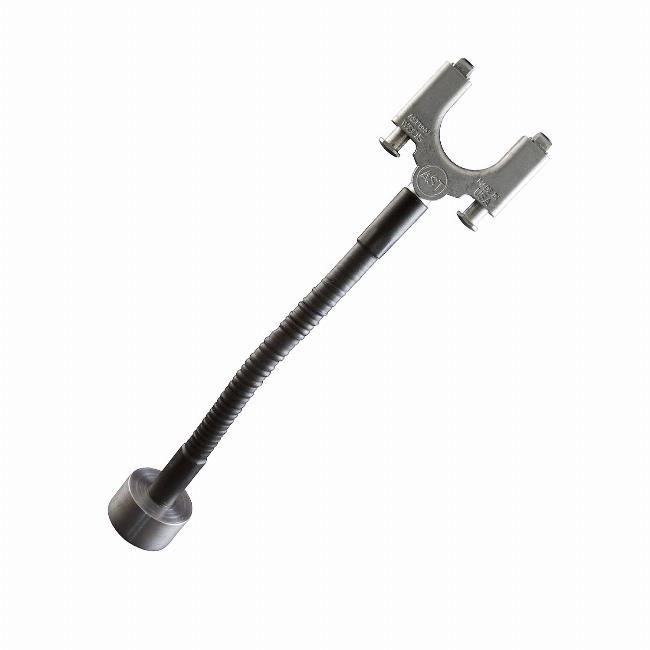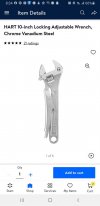Dr.Jeff
True Classic
I wasn't sure either, they seemed a bit gimmicky at first. But after using one I've become a believer. There are several options in the settings for all types of drill bits. So it can be used on pretty much any bit you might have. Although to be honest I find I only use it in the "normal" setting on standard type bits, which is all I pretty much use.I've often wondered if those "pencil sharpener" type devices might be an acceptable alternative.
In the past I tended to use a bit until it simply would not work, doing more damage than good. Then I'd buy a new one. But since I got one of these sharpeners I've been using one set of bits ever since. Just keep sharpening them. A couple of the most common size bits that I use are getting shorter than the rest due to the number of times I've sharpened them. So I suppose eventually you might have to replace a bit here and there. But I still have a few other sets of new bits that I haven't even touched because I can keep using the same ones over and over. It really is amazing to me how well this works.Do you have a Link for the specific item? I have stacks of dull drill bits - I hate to throw them out (*so I haven't).....
One possible thing that I wonder about is if new bits are more 'hardened' at the very cutting tip than the rest of the shaft. If so, then that will eventually get ground away. I have noticed certain bits do not seem to hold the newly sharpened edge as long as others. That might be the reason, not sure. But if I sharpen them again they work perfect again. Therefore some bits may end up needing to be resharpened more frequently as a result?
Overall the plain HSS drill bits are great. They can be sharpened as needed and keep working like new. No need to buy the higher priced "special" bits so long as you keep them sharp.
There are a few models of Drill Doctor sharpeners. Some are smaller and therefore can only sharpen bits up to a certain size (you'd have to check their specs to see the capacity). Although I don't use really large bits that often, I have found they are more critical for being sharp to work well. So the larger model of sharpener is worth the extra cost in my opinion. This is the specific one I have now (before I had the smallest one and wished I'd got a bigger one):
I found it on special somewhere for around $100.
This shows the complete line of them:


